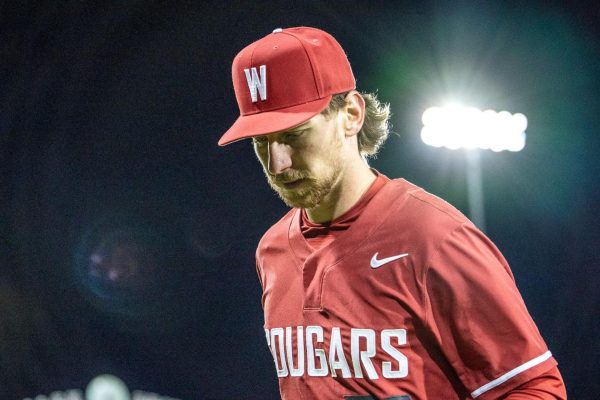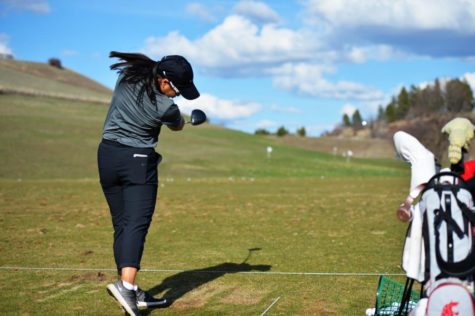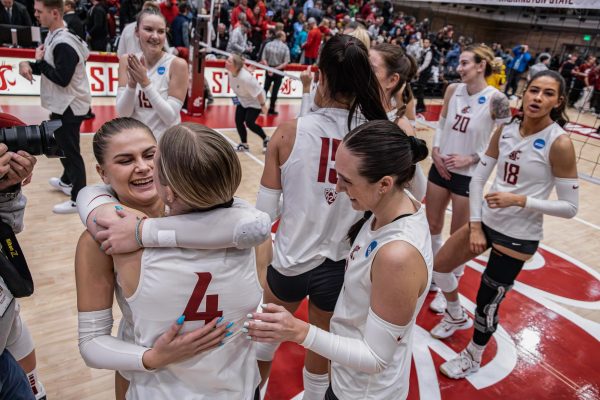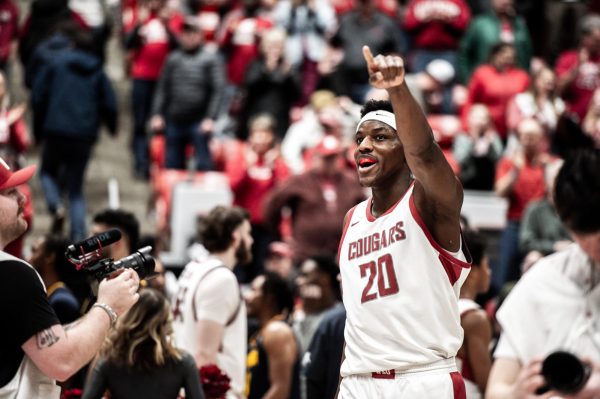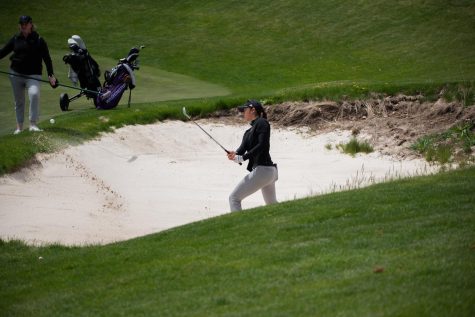The Seahawks need to get back to their roots to play like champions
October 16, 2014
I hold the belief that there are two camps of Seahawk fans.
There are those who were around in the days of the Kingdome when Dennis Erickson reined mediocrity, royal blue and silver skidded on the astro turf, and the best chance at stopping opposing AFC offenses were the tiles that started falling from the ceiling in 1996.
At the time, owner Ken Behring cited his disintegrating stadium as reason to move the team out of Seattle, despite really wanting public funds to build a new stadium.
According to mynorthwest.com, moving vans began hauling equipment down to Southern California. Players started going through off-season workouts in facilities once used by the old Los Angeles Rams.
It took a tremendous effort in activism by the public and excellent leadership by King County executives to try and keep the team in Seattle. In the end, Paul Allen was the hero, purchasing the team, building a new stadium, hiring Mike Holmgren, and tweaking the team’s logo and colors to more or less what they are today.
This is where the second camp of Seahawks fans come in — the post-apocalyptic variety. The team started performing well shortly after Allen took over, and a lot of fans hopped right on the bandwagon. They weren’t there for the worst of it, and they get a bad reputation from fans of other team’s for being ignorant or supporting the team just because they are good.
This second group of Seahawk fans is panicking right now. At 3-2, the defending Super Bowl Champs look like trash every other week on offense, and their defense isn’t what it was last year. The first group of fans isn’t at the point of panic yet — they know it could be a lot worse, the season is young, and the hawks need to get some key guys back from injury.
But in reality, both groups of fans should be panicking, and they should have been panicking since Darrell Bevell was hired as offensive coordinator in 2011. The current problems with the Seahawks start and end with Bevell.
This team has no identity on offense. Most would unanimously agree that the Seahawks are a run first team, and their identity is pounding the ball with Marshawn Lynch. But this hasn’t been the case this year.
The Seattle Seahawks are sixth in the NFL in rushing right now, averaging 5.3 yards an attempt, which is actually the best average in the league, according to ESPN. Lynch himself is averaging 4.6. In the Seahawks two losses this year, Lynch failed to carry the ball more than 10 times, and as a team they failed to run it more than 14.
This is because Bevell is getting too cute. He has all these nice new little toys like Percy Harvin and Paul Richardson that he wants to try out in ways that haven’t worked in the NFL since never. Not only has Richardson barely seen the field, Harvin only has 22 receptions for 133 yards and no touchdowns. There will come a time in his career where Washington State sophomore receiver River Cracraft shatters these numbers in a single game.
Harvin, for all the glamour and athleticism his talent brings to the table, is only averaging six yards a catch. This is because Bevell refuses to send him down field. All three of Harvin’s receptions last week against Dallas came behind the line of scrimmage. On a fourth down attempt on the second to last possession of the game, Harvin could be seen on the backside of the route tree, as Russell Wilson rolled to his right and tried to find Jermaine Kearse on a boundary route.
On a crucial fourth down, Harvin, the most dynamic player on the team, was not even the first option on the play call.
Bevell’s offense does not work in the NFL. In high school, and sometimes college, it is reasonable to simply toss the ball to an athletically superior player behind the line of scrimmage and expect them to use a block or two and beat and entire defense by themselves for a huge game. In the NFL, everyone is athletic and everyone has proven that they can stop an athlete as gifted as Harvin from consistently breaking off a big play.
It seems that Bevell is trying to use the pass to set up the run rather than vice versa. This strategy works for a team like WSU, who has talented receivers and quick running backs, but not for a team like the Seahawks. Over the past two years, Hawks receivers have proved time and time again that they cannot beat man-to-man coverage. As a result, that’s all Dallas threw at them.
Kearse has a tendency to make a big play, but it usually means competing with a defender for a jump ball, not that he beat the coverage. Doug Baldwin either finds balls in his arms after falling through the clutches of two defenders when he is on the ground, or has to shield his body against a corner while barely dragging two feet down around the sideline. Out of all the Seahawks receivers, only one was drafted, and that was Harvin. The position is hardly a strength, and one that Bevell should be looking to make one.
In his press conference this week, Pete Carroll said the team couldn’t give Lynch more carries because first and 15’s and second and longs didn’t provide them with the opportunity to do so.
But coach, your team is averaging more than five yards a rushing attempt, just one yard less than your best receiver. Does that not say anything?
In baseball, you have to establish the fastball to set up the curveball and changeup, not the other way around. Marshawn Lynch is the fastball. If the Seahawks can get back to getting him the ball upwards of 20 times a game, they can set up their passing game.









